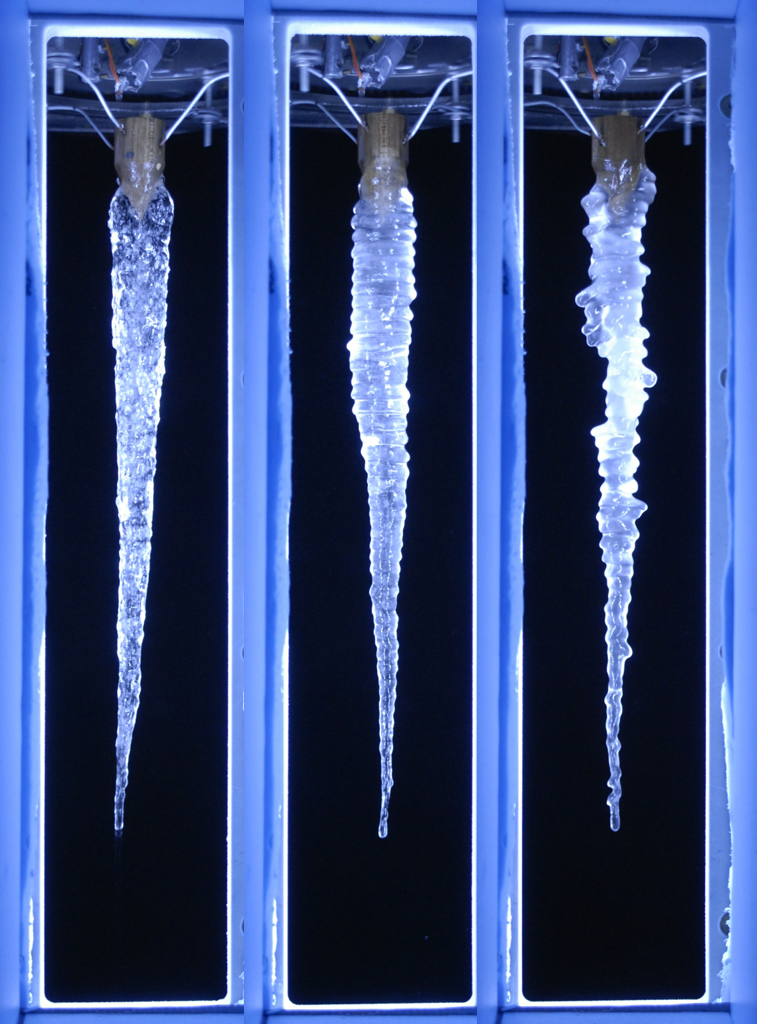
Experiments on
the growth and form
of icicles
Ph.D. thesis, Unpublished, Oct. 2013.
Antony Szu-Han Chen
Department of Physics, University of Toronto,
60 St. George St., Toronto, Ontario, Canada M5S 1A7.

|
Experiments on
|

Download this thesis here:


The Experimental Nonlinear Physics Group / Dept. of Physics / University of Toronto / 60 St. George St. Toronto, Ontario, Canada, M5S 1A7. Phone (416) 978 - 6810